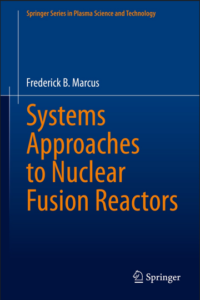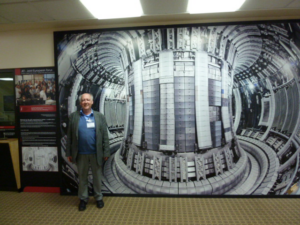Frederick Marcus is a well-known figure in the field of fusion research, having worked at the forefront of the industry for over three decades. He is also the author of a new book titled “Systems Approaches to Nuclear Fusion Reactors,” which is aimed at a technical audience but can be of interest to anyone curious about the science and engineering behind fusion energy.

The book is a comprehensive guide to the history and current state of fusion energy research, as well as a glimpse into what the future may hold for this promising technology. It covers everything from the small tokamaks to the more recent superconducting tokamaks, as well as stellarators, mirror machines, and laser fusion. Throughout the book, Marcus uses a unified systems engineering and architecture approach to explain fusion science and optimal design strategies for experiments and reactors.
Marcus’ experience in the field of fusion research is extensive, having worked at the DIII-D National Fusion Facility (DIII-D) at General Atomics, the Tokamak à configuration variable (TCV; literally “variable configuration tokamak”) at the Swiss Plasma Center at EPFL, the Joint European Torus (JET) and the European Commission’s Directorate-General for Research and Innovation. He has also administered several research programs on systems biology. His expertise shines through in the book, which is an excellent resource for students, researchers, and anyone interested in learning more about fusion.

The book is not only a fascinating look at the science of nuclear fusion, but it also provides a unique perspective on the history and culture of the fusion research community. In particular, Marcus’ insights into the competition and collaboration that drives fusion research are eye-opening.
While the book is aimed at a technical audience, it is still accessible to those who may not have a background in fusion research. The book’s universal framework and pedagogic approach make it an engaging and informative read for anyone interested in the subject.
Overall, “Systems Approaches to Nuclear Fusion Reactors” is an important and insightful addition to the literature on fusion research. Marcus’ expertise and passion for the subject are evident, making it a must-read for anyone interested in the science and engineering behind fusion and its potential as a source of clean energy.
Order the book here. Note: the Springer MyCopy option allows library end users to order their own personal, printed copy of a Springer Nature eBook for 39.99.
